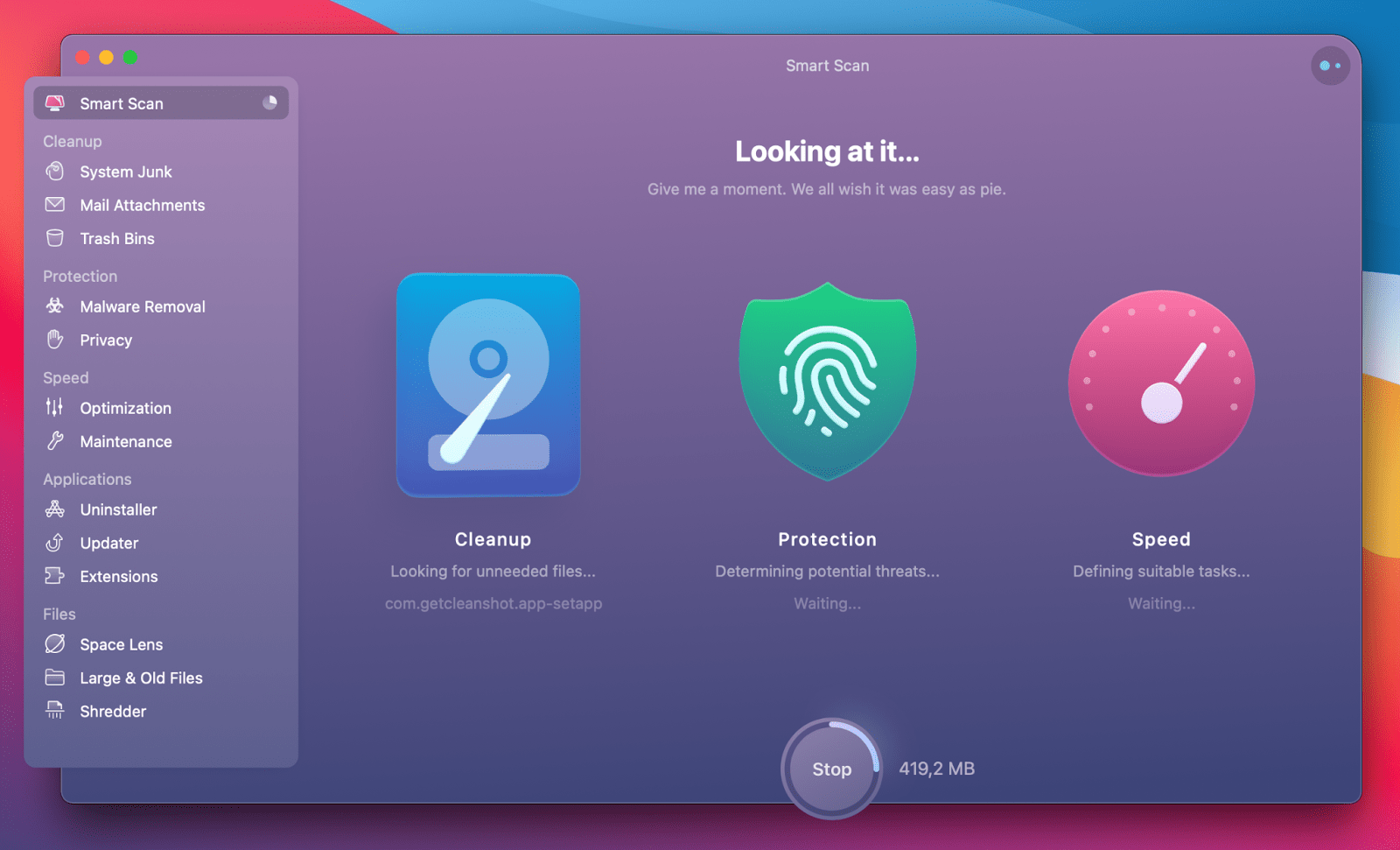

- #HOW TO DO A DISK CLEANUP ON MAC TO REMOVE PREVIOUS UPDATES FOR MAC#
- #HOW TO DO A DISK CLEANUP ON MAC TO REMOVE PREVIOUS UPDATES INSTALL#
To have Disk Cleanup button appear on a disk's Properties dialog, you will also need to install the Desktop Experience feature. You can now launch the Disk cleanup tool by running Cleanmgr.exe from Command Prompt, or by clicking Start and typing Cleanmgr into the search bar. Locate and move the files to %systemroot%\System32\en-US. Locate cleanmgr.exe and move the file to %systemroot%\System32. Use the following table to locate the files for your operating system. To use cleanmgr.exe, install the Desktop Experience as described earlier, or copy two files that are already present on the server, cleanmgr.exe and. The Disk Cleanup tool (cleanmgr.exe) isn't present on Windows Server 2012 R2 or earlier unless you have the Desktop Experience feature installed. Manually add Disk Cleanup to an earlier version of Windows Server Verify that the Disk Cleanup option button appears in the Properties dialog box. Proceed with the installation, and then reboot the system. In Add features that are required for Desktop Experience?, select Add Features. On the Select features page, select User Interface and Infrastructure, and then select Desktop Experience. On the Select server roles page, select Next. On the Select destination server page, select a server from the server pool, or select an offline VHD. On the Select installation type page, select Role-based or feature-based installation to install all parts features on a single server.

On the Before you begin page, verify that your destination server and network environment are prepared for the feature that you want to install. On the Manage menu, select add Roles and Features. Go to Start and select the Server Manager tile. On the Windows desktop, start Server Manager by clicking Server Manager in the Windows taskbar. Open the Apple menu and go to 'About This Mac'.
#HOW TO DO A DISK CLEANUP ON MAC TO REMOVE PREVIOUS UPDATES FOR MAC#
In this way, you can get a clear idea of what you should do next and where to look for mac disk cleanup. Mac users are also able to see whats using up disk space via the system Storage summary. If Server Manager is not already open, open it by doing one of the following. Check to See Whats Using Up Mac Disk Space. If Server Manager is already open, go on to the next step. Enable Disk Cleanup on an earlier version of Windows Server by installing the Desktop Experienceįollow these steps to use the Add Roles and Features Wizard to install the Desktop Experience on a server running Windows Server 2012 R2 or earlier, which also installs Disk Cleanup. For details, see Planning for an Azure File Sync deployment. This allows you to cache your most frequently accessed files locally and tier your least frequently accessed files to the cloud, saving local storage space while maintaining performance. If you're just looking to free up disk space, consider using Azure File Sync with cloud tiering enabled.


 0 kommentar(er)
0 kommentar(er)
